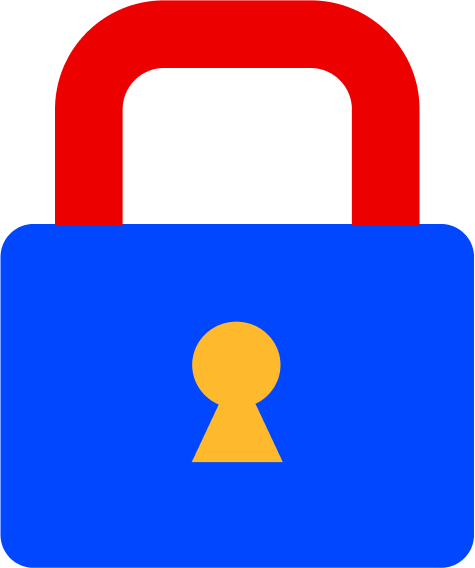Innovation vs. consolidation: Legal Tech’s false dichotomy

Anyone who keeps up with the news in legal technology won’t be surprised by the conclusion from Gartner’s 2021 Market Guide for E-Discovery Solutions that the “e-discovery solutions market continues to consolidate.” Every month, companies announce some new merger or acquisition: Litera acquires Clocktimizer (after acquiring Foundation Software Group earlier this year), Mitratech acquires ContractRoom, Filevine acquires Outlaw, and on and on it goes.
These mergers and acquisitions might make good business sense for legal technology companies — but are they also good for the people that use their products? Are users better served by committing to an “end-to-end” software platform that tries to cover their every need or by assembling their own assortment of preferred solutions? And if they choose the latter approach, what’s the key to making all of those systems work together?
The multi-purpose tool: End-to-end legal technology solutions
End-to-end platforms include a host of tools and capabilities, all unified in one overarching interface. They’re the Leatherman tool of legal technology: they do a lot of things reasonably well. With an end-to-end platform, users significantly reduce the number of vendor contracts and customer support relationships they have to manage. Consolidated platforms are also touted for their faster adoption and improved security.
On the other hand, because the user has to buy the entire system at once, end-to-end solutions tend to be more expensive to launch. The overall trend toward consolidation — and the resulting decrease in competition — may also stifle innovation, particularly in niche areas of the law. Indeed, some posit that the goal of these wraparound solutions is to “make it difficult [for users] to ‘decouple’ from the platform,” creating an unhealthy dependence. And while having a single point of contact is great when everything works, if users end up having a problem anywhere within an end-to-end solution, they have a problem everywhere.
Specialized tools for specialized jobs: Best-of-breed eDiscovery software
With a best-of-breed approach, users assemble an assortment of outstanding software solutions — for example, Salesforce for CRM, Slack for collaboration, Zoom for video conferencing, Zendesk for customer ticketing — each one expertly solving the exact problem it was created for. This lets users keep the technology they already know and love instead of settling for a few diamonds in the single-suite rough. These best-of-breed solutions are typically connected through APIs, integrating your favorite platforms’ functionalities without the constraints of an end-to-end approach.
Truly best-of-breed tools are intuitive and easy to use; plus, a diverse Legal Tech marketplace encourages competition, which leads to lower prices and greater innovation.
Truly best-of-breed tools are intuitive and easy to use; plus, a diverse Legal Tech marketplace encourages competition, which leads to lower prices and greater innovation. And while best-of-breed tools should come with exceptional security measures and customer support, any interruption in service for one tool — which can be international news when it happens — shouldn’t bring the entire office to a halt.
But to make the best-of-breed approach work for you, you can’t just throw a bunch of carefully selected tools in the back of your van and take off down the road. You need something that will unite them in a unified package.
The toolbox holding it all together: A Knowledge Integration Platform
Our view? You can enjoy all of the benefits of best-in-class software without compromising visibility and control over your most valuable data. The key is knowledge integration — the connective tissue that centralizes your data in one place to provide a single source of truth.
At Onna, we take an open approach and proactively drive collaborations and integrations for the benefit of the end-user, so that their favorite tools work seamlessly together. With our platform, you can connect the discrete silos of data that your tools produce. Meaning not only can you access all of your data regardless of where it’s stored, but you can also extract meaningful business insights. Not to mention, having critical information at your fingertips can help streamline information governance, eDiscovery, archiving, privacy, and more.
If you’re interested in learning how we help organizations do just this from one intuitive platform, get in touch.
 eDiscovery
eDiscovery Collections
Collections Processing
Processing Early Case Assessment
Early Case Assessment Information Governance
Information Governance Data Migration
Data Migration Data Archiving
Data Archiving Platform Services
Platform Services Connectors
Connectors Platform API
Platform API Pricing Plans
Pricing Plans Professional Services
Professional Services Technical Support
Technical Support Partnerships
Partnerships About us
About us Careers
Careers Newsroom
Newsroom Reveal
Reveal Logikcull by Reveal
Logikcull by Reveal Events
Events Webinars
Webinars OnnAcademy
OnnAcademy Blog
Blog Content Library
Content Library Trust Center
Trust Center Developer Hub
Developer Hub